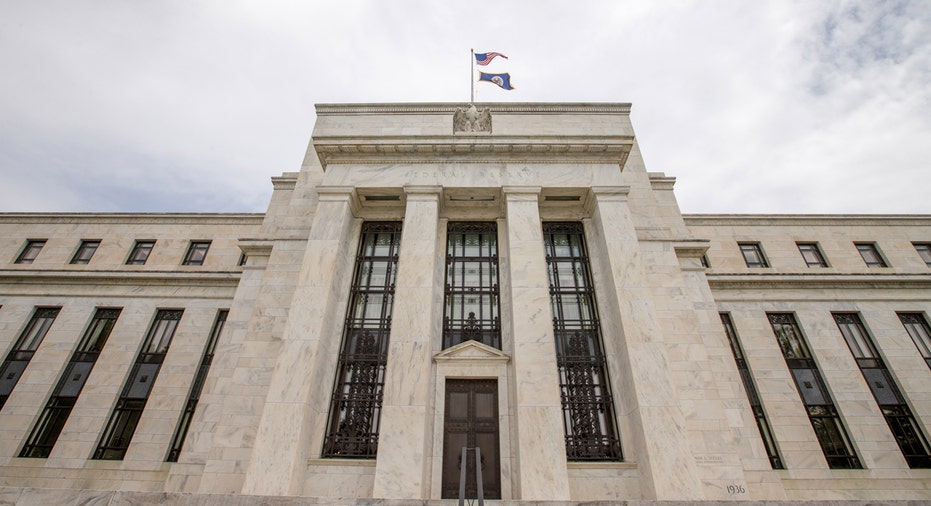Fed Decision Had 'Something for Everyone'

The Federal Reserve’s policy-setting committee, at the conclusion of its two-day meeting on Wednesday opted to keep interest rates on hold another month.
Central bankers said they expected to see continued improvement in the U.S. economy, and anticipate growth at a moderate pace as labor-market indicators strengthen. However, the Fed noted it expects inflation to remain below its 2% target in the near term as low energy prices continue to provide a drag.
Financial markets reacted to the Fed’s more dovish stance on monetary policy. U.S. equity markets moved higher, while yields on both the two-year and ten-year U.S. Treasury bonds slid, and the U.S. dollar index fell against a basket of global currencies.
“The Fed walked a fine line, but I think they did leave the door open for a June rate hike if the economic data drove them in that direction,” PNC Financial Services Group Chief Economist Stuart Hoffman said. “They’ve somehow threaded the needle and said something that every market seems to like.”
Indeed, the central bank dropped the reference to “global risks,” but maintained that it will continue to take “financial and international developments” in account before it decides to raise rates again.
That was the most significant change to the statement, Wil Stith, Wilmington Trust’s senior fixed income portfolio manager said.
“It seems as though the takeaway is they want to make a long, wide, visible runway for the possibility of tightening. The markets can’t say it’s coming out of left field. They’re still monitoring global markets but it’s not the forefront of the conversation,” he said.
The central bank in December hiked short-term interest rates by a quarter of a percentage point for the first time in nearly a decade, and projected at least four more hikes after that in 2016. However, a rough start to the year kept the Fed on hold as worries about the strength and stability of the global economy plagued markets all around the world.
Since then, financial-market volatility has subsided and U.S. economic data have shown improvement. Still, with the inclusion of language the central bank will continue to monitor domestic data and global developments, Stith said the central bank is keeping its cards close to its chest, not signaling whether a June rate hike is either on or off the table.
“It’s a possibility but it’s not the most likely outcome. If we get much stronger data, better inflation data, stronger growth in consumption and retail sales that would change things. Right now, June is far from a majority,” he said.
Fed Funds futures, a tool used to express the market’s views on potential changes in monetary policy, showed Wall Street’s expectation for a June interest rate increase fell from 32% ahead of the April decision, to 19% after markets had time to digest the statement.



















